Field Research and ‘Pura Vida’: Ursinus Students’ Costa Rica Experience
The three-week study abroad trip over Winter Break challenged students’ scientific abilities while immersing them in the ‘Pura Vida’ lifestyle that Costa Rica is known for.
The comforts of a classroom offer students and faculty a controlled environment, where variables can be manipulated, and outcomes predicted. However, Ursinus College students had the opportunity to step outside this comfort zone and travel to Costa Rica over winter break, conducting research in a new and unpredictable environment.
The course, “Biology of the Neotropics”, was led by Associate Professor of Biology Denise Finney and Visiting Assistant Professor of Environment & Sustainability Tristan Ashcroft. The trip and class have been offered for several decades and were previously led by Professors of Biology Robert Dawley and Ellen Dawley.
“Traveling to Costa Rica to study tropical habitats with two experienced professors is a unique opportunity for Ursinus students,” said Johannes Karreth, assistant dean of the college. “Our biology and environmental & sustainability departments both offer an extraordinary range of built-in opportunities for students to take their coursework into action, and this program is just one of them.”
The three-week Central American voyage is primarily focused on fieldwork with species and habitats — such as lowland rain forests, montane rain forests, seasonally dry forests, and wetlands — that aren’t accessible in Pennsylvania.
“I always wanted to travel abroad, but with my responsibilities at home and on campus, I didn’t think it was possible for me to go,” Isabella Dolan ’25 said. “The timing of the trip being over winter break was the perfect compromise.”
The course has an open-ended structure, where students are taught to rely on the scientific method to create their own research questions and approaches to answer them while abroad. It provides students with a challenging and unique real-world scientific quest.
“You can go through the scientific method here in a controlled lab class or in the woods around Ursinus, but going to a new place—one that one that is markedly unfamiliar—makes things much less controlled,” Finney said. “It pushes students to use the scientific method in new ways and challenges them to be problem solvers who are flexible in their approach.”
Students spent much of their time focused on answering the research questions they came to Costa Rica to explore.
“Coming at it from a geology perspective, there’s a truism that the best geologists have seen the most rocks,” Ashcroft said. “The more experience that you have, the better prepared you are for whatever it is that you see next.”
Built into the trip were opportunities for students to relax and enjoy the environment around them. Some activities included hiking, swimming, visiting the beach, looking for native animals, and other outdoor pursuits.
“The motto of Costa Rica is ‘Pura Vida,’ which means ‘Pure Life,’ and I feel like we lived that,” Finney said. “Even though everyone was working hard, it still had a more relaxed feel to it.”
For Dolan, the balance between work and exploration provided an experience that has inspired future travel.
“Though it may sound cliché, one of my biggest takeaways was to push yourself outside of your comfort zone,” Dolan said. “Before this trip, I had never been out of the country, conducted scientific research in the field, hiked a mountain, swam in a river, tried ceviche, and done many other things. Now, I wouldn’t trade these experiences for the world.”
